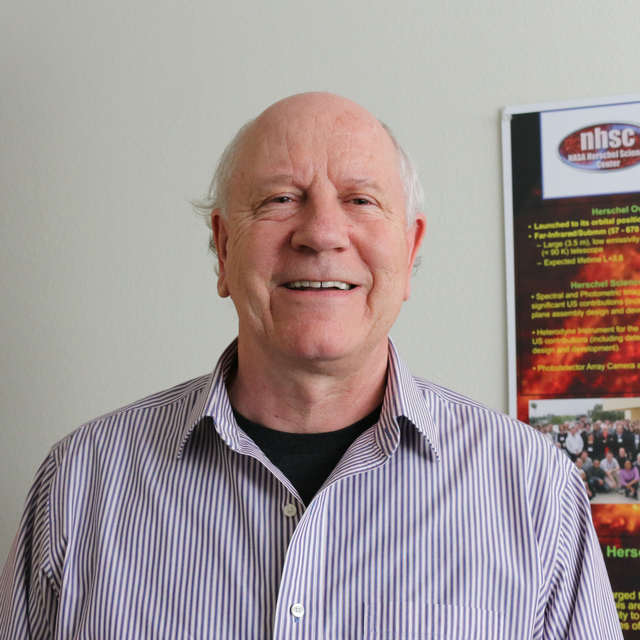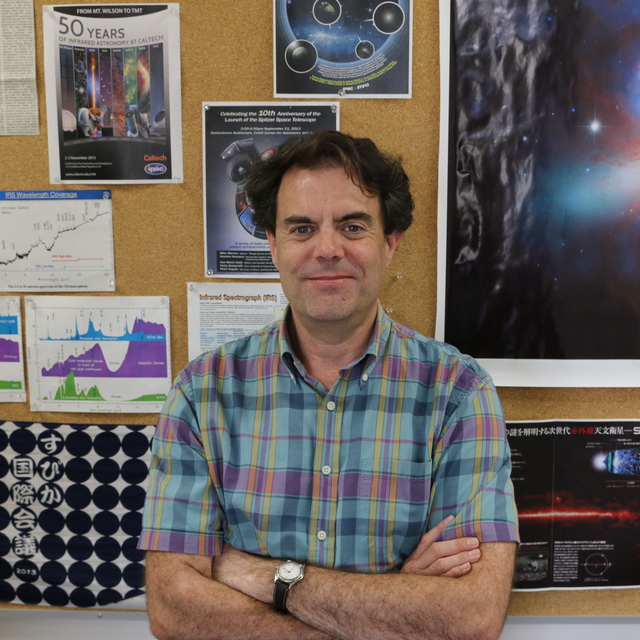January
2015
•
2015ApJ...799...11X
Authors
•
Xu, C. K.
•
Cao, C.
•
Lu, N.
•
Gao, Y.
•
Diaz-Santos, T.
•
Herrero-Illana, R.
•
Meijerink, R.
•
Privon, G.
•
Zhao, Y. -H.
•
Evans, A. S.
•
König, S.
•
Mazzarella, J. M.
•
Aalto, S.
•
Appleton, P.
•
Armus, L.
•
Charmandaris, V.
•
Chu, J.
•
Haan, S.
•
Inami, H.
•
Murphy, E. J.
•
Sanders, D. B.
•
Schulz, B.
•
van der Werf, P.
Abstract
•
We present ALMA Cycle-0 observations of the CO (6-5) line emission and of the 435 μm dust continuum emission in the central kiloparsec of NGC 1614, a local luminous infrared galaxy at a distance of 67.8 Mpc (1{\prime \prime }= 329 pc). The CO emission is well resolved by the ALMA beam (0.''26 × 0.''20) into a circumnuclear ring, with an integrated flux of f CO(6-5) = 898 (± 153) Jy km s-1, which is 63(± 12)% of the total CO (6-5) flux measured by Herschel. The molecular ring, located between 100 pc < r < 350 pc from the nucleus, looks clumpy and includes seven unresolved (or marginally resolved) knots with median velocity dispersion of ~40 km s-1. These knots are associated with strong star formation regions with ΣSFR ~ 100 M ⊙ yr-1 kpc-2 and Σ Gas∼ 104 {M}_⊙ pc-2. The non-detections of the nucleus in both the CO (6-5) line emission and the 435 μm continuum rule out, with relatively high confidence, a Compton-thick active galactic nucleus in NGC 1614. Comparisons with radio continuum emission show a strong deviation from an expected local correlation between ΣGas and ΣSFR, indicating a breakdown of the Kennicutt-Schmidt law on the linear scale of ~100 pc.
The National Radio Astronomy Observatory is a facility of the National Science Foundation operated under cooperative agreement by Associated Universities, Inc.
Links





